Tags :: Fairy Tales
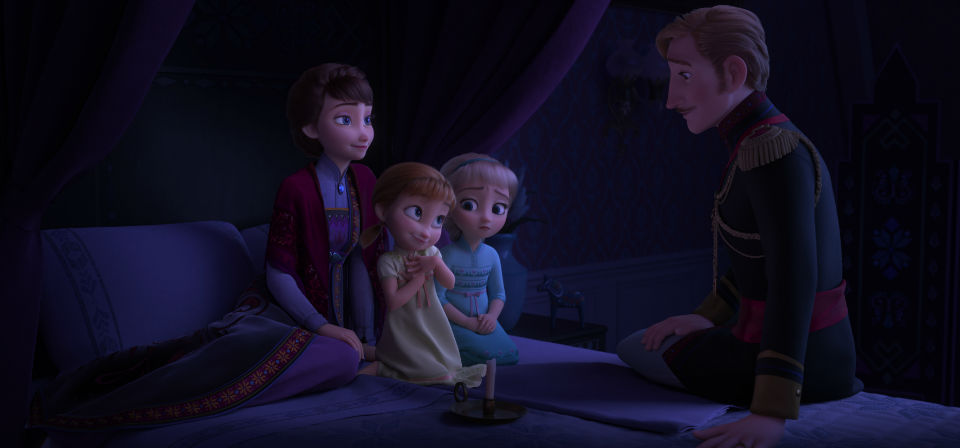
Frozen II (2019)
Anna and Elsa’s relationship is a major improvement on the first film, but in almost every other way this sequel is lost in the woods.
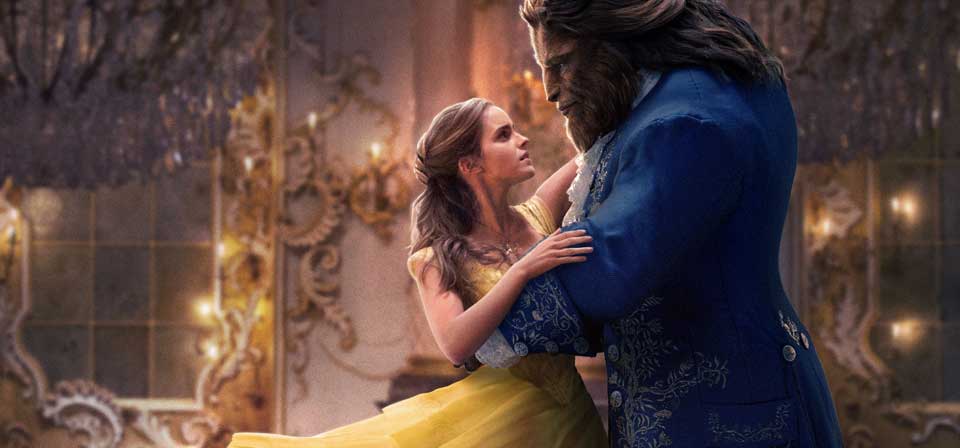
Beauty and the Beast (2017)
Can a realistically computer-rendered French gilt bronze candelabra be debonair? Jaunty? Rakish, even?
![Alice Through the Looking Glass [video]](/uploads/articles/alicethroughthelookingglass.jpg)
Alice Through the Looking Glass [video]
Lewis Carroll is now right side up in his grave, having turned over twice.
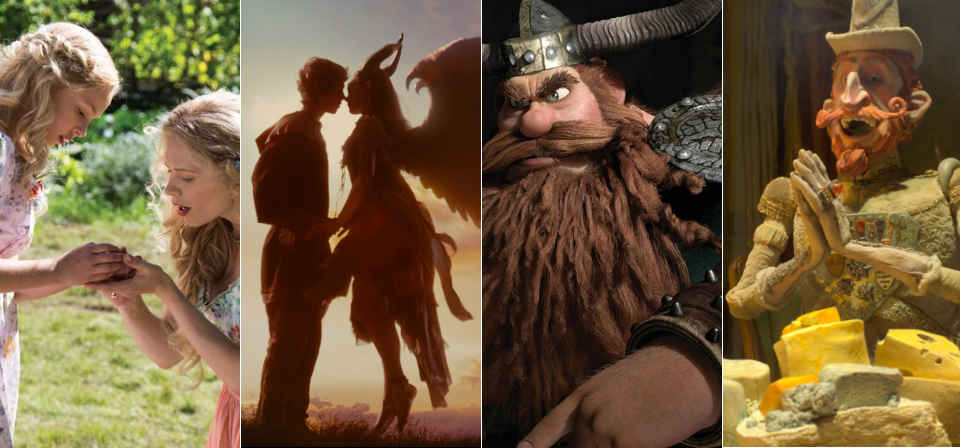
Disney’s new Cinderella and the problem of parents in Hollywood fairy tales and family films
There are good reasons for introducing parent-child conflict into family films, depriving child protagonists of a parental safety net, depicting single-parent households, etc. There’s no good reason positive depictions of healthy, intact families in family films should be an endangered species.
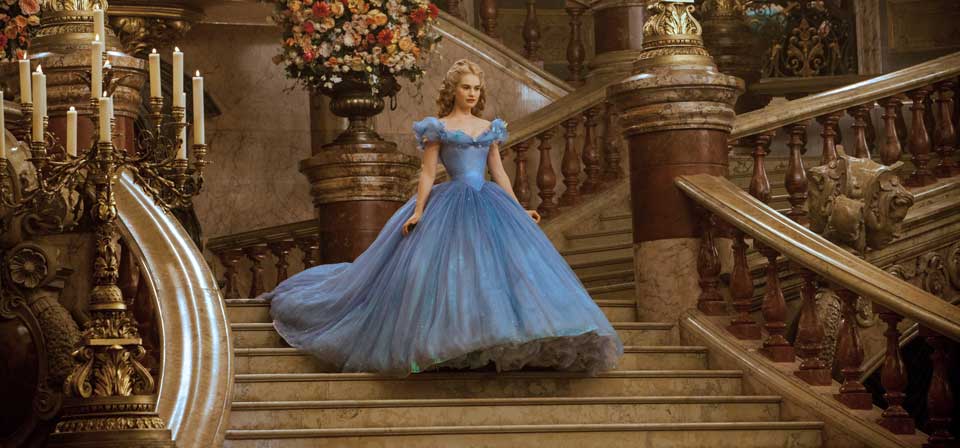
Cinderella (2015)
Kenneth Branagh’s Cinderella is such a gallant anachronism, such a grandly unreconstructed throwback, that it offers, without ever raising its voice, a ringing cross-examination of our whole era of dark, gritty fairy-tale revisionism.
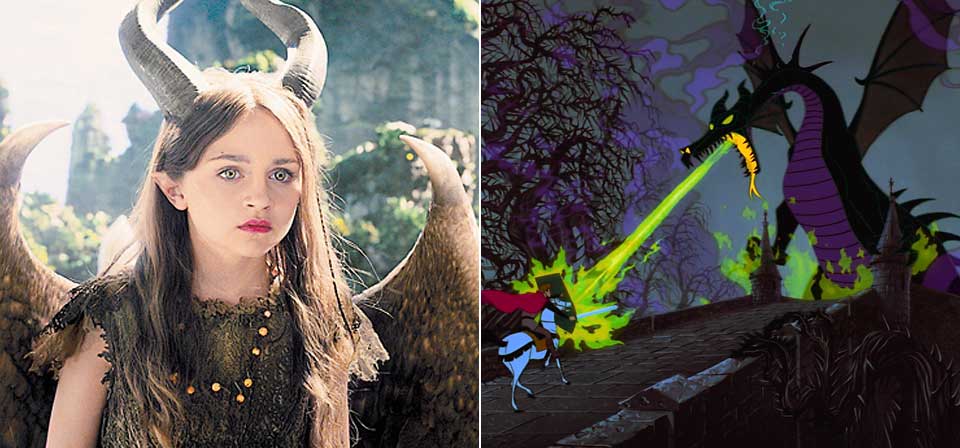
How Disney’s Maleficent subverts the Christian symbolism of Sleeping Beauty
Give me princesses like Leia from Star Wars, Merida from Brave or Tiana from The Princess and the Frog any day. But there’s a difference between creative revisionism and simple inversion.
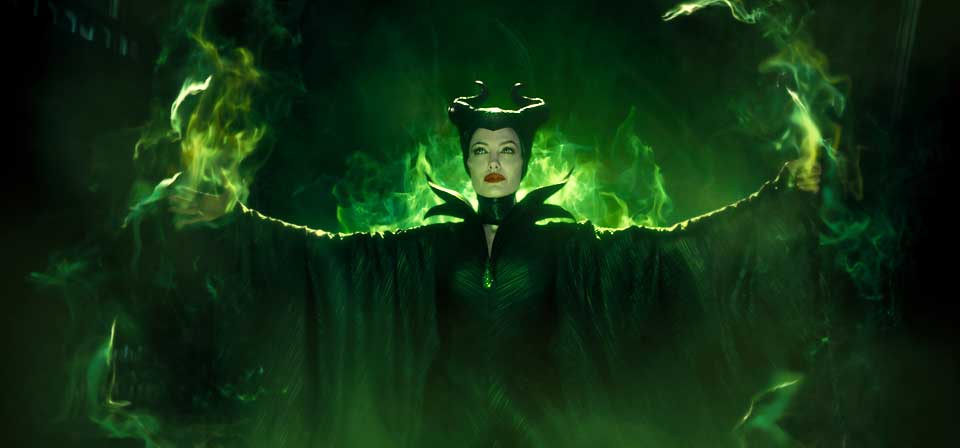
Maleficent, Rape and Sympathy for the Devil
A story like this demands to be seen through the lens of what biblical scholars call “redaction criticism,” which basically means “What was changed, added or deleted in this retelling of the story, and what do those changes tell us about the storyteller’s intentions and outlook?”
![Maleficent [video]](/uploads/articles/maleficent.jpg)
Maleficent [video] (2014)
Angelina Jolie is perfect for the part of Disney’s most iconically evil villainess. If only they’d let her play it for more than one scene.
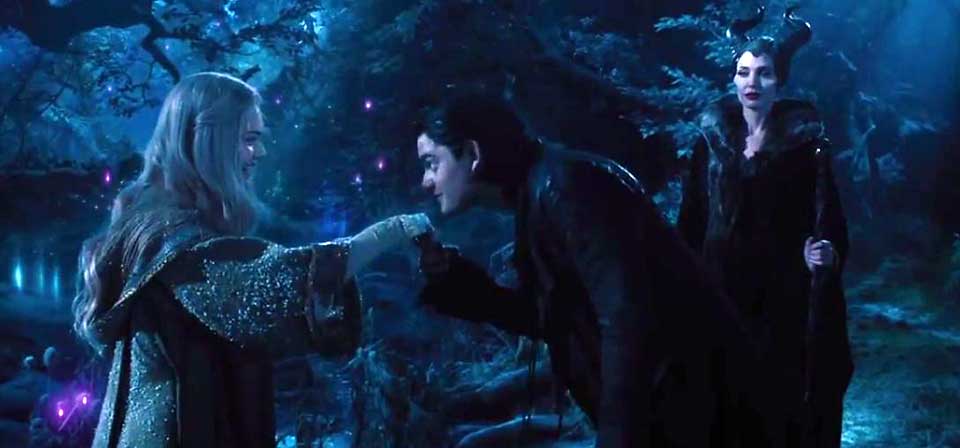
Maleficent (2014)
It’s fair to say that Disney’s Maleficent plays to an extent as warmed-over Frozen. This is not a good thing, even, I think, if you are a fan of Frozen.
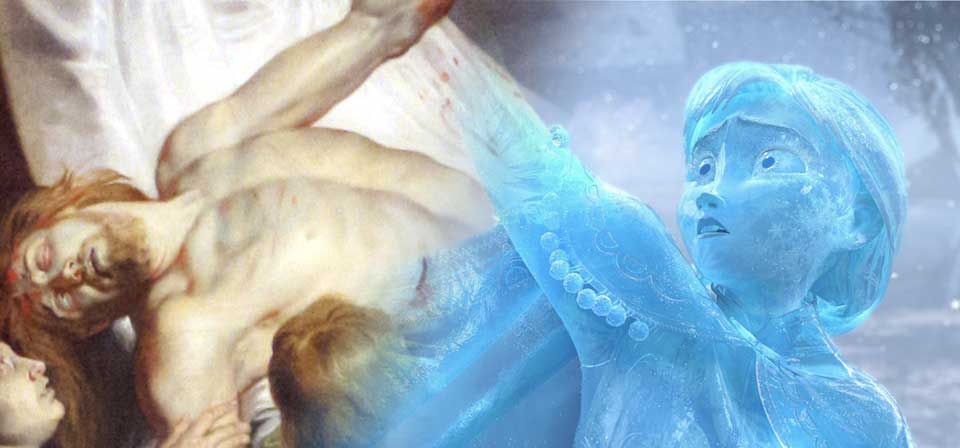
So, how Christian is Disney’s Frozen?
I’ve been surprised at the popularity of efforts to interpret major story elements in Frozen as a Christian parable … rivaling or even surpassing C. S. Lewis’s The Lion, the Witch and the Wardrobe.

Frozen (2013)
Frozen may be the most tragic fairy tale in the Disney canon, which is saying something.
The Wizard of Oz [video]
Digitally remastered from the original negatives, painstakingly restored, The Wizard of Oz celebrates its 75th anniversary in style. Here’s my “Reel Faith” 60-second tribute to this beloved classic.
Oz the Great and Powerful [video]
Oz the Great and Powerful in 60 seconds: my “Reel Faith” review.
Oz the Great and Powerful (2013)
Oz the Great and Powerful is brightly colorful, sincere and meant for children. That doesn’t make it good, exactly, but at least it’s basically the right kind of movie, which is saying something these days, alas.
Mirror Mirror and Fairy-tale Revisionism
I do take issue, though, with Hollywood’s current obsession with “dark,” “gritty,” “edgy” fare threatening to crush any sense of wonder and fantasy. What a joy, then, that Tarsem Singh’s Mirror Mirror offers a gorgeous, fantastic fairy-tale world bursting with extravagant imagination and splendor.
Brave [video]
Brave in 60 seconds: my “Reel Faith” review — plus clips from the film!
Brave (2012)
Among Hollywood animated films, it may be the most positive affirmation of family since The Incredibles and the best fairy tale since Beauty and the Beast.
Snow White and the Huntsman (2012)
The film transposes its story from the register of fairy tale to that of epic myth — but it’s trying for unironic epic myth, iconic good vs. iconic evil. Iconic evil: check. Iconic goodness: There’s the rub.
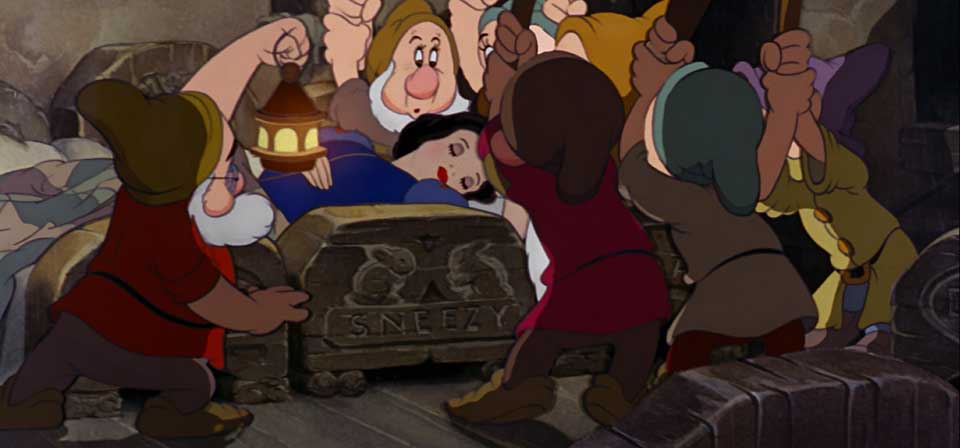
Snow White and the Seven Dwarfs (1937)
Walt Disney’s Snow White and the Seven Dwarfs is widely celebrated as a beginning, the first feature-length animated film in Hollywood history. It’s just as correct, though, and perhaps more illuminating, to hail it as a culimination — as the crowning achievement of years of experimentation, discovery, growth and achievement by Disney’s animation team.
Mirror Mirror (2012)
What’s the last movie you saw that created an imaginary world that was actually beautiful, bursting with color and beauty and inspiration? A world that reminded you of the feeling you had as a child the first time you saw Dorothy open that door on the Technicolor world of Oz? A world you would actually like to enter and walk around in?
Tangled [video] (A review in verse)
Disney’s Tangled in 30 seconds — in rhyming verse.
Puss in Boots (2011)
Banderas’s swashbuckling Puss in Boots first appeared in Shrek 2, quickly establishing himself as one of the most popular supporting characters in the franchise. Now in a starring role in this spinoff, Puss spins the story in a direction strikingly different from the Shrek films.
Red Riding Hood: The Anti-Nativity Story?
Lots of Red Riding Hood reviews, including mine, made obvious connections to the Twilight films, the first of which was directed by Red Riding Hood director Catherine Hardwicke. It takes a mind like Peter Chattaway’s to contemplate connections to Hardwicke’s The Nativity Story — and conclude that Red Riding Hood is in some ways “the anti-Nativity Story.”
Red Riding Hood (2011)
Red Riding Hood is a movie of a sort that I would very much like to see if anyone could make it, which is another way of saying that it is not that sort of movie at all. A real Hollywood fairy tale is the rarest thing in the world. Hollywood is more comfortable with myth and legend. Partly, I think, it’s a matter of scale: Mythology provides the sort of sweeping, epic scope that lends itself to big-screen Hollywood feature filmmaking. Fairy tales are smaller and more intimate, and require a lighter touch.
Tangled (2010)
We really do accept as normal whatever we’re raised with, don’t we? Like, say you’ve lived all your life alone in a lonely tower in a hidden valley, and your golden hair is 70 feet long, and the only mother you’ve ever known — the only person you ever see — comes and goes using your hair as a rope ladder, and she’s never let you so much as set one foot outside, and your hair does this magic trick when you sing that — well, not to give it away, but that would just be life to you, wouldn’t it?
Beauty and the Beast (1991)
At the intersection of great animated films, great filmed stage musicals, and great fairy-tale romances, Disney’s Beauty and the Beast stands alone. Directed by Gary Trousdale and Kirk Wise, it is simply the quintessential Disney masterpiece, the perfection of everything that Cinderella, Alice in Wonderland, Sleeping Beauty and The Little Mermaid aspired to.
Shrek Forever After (2010)
After three Shrek films aimed squarely at adolescents, I’m mildly surprised to find that DreamWorks has made a final chapter aimed more or less at middle-aged men, and specifically husbands and fathers. You know, undemanding middle-aged men going to a Shrek movie. But still.
The End of Fairy-tale Princesses?
Yesterday I wrote about the possible effects of the box-office success of Alice in Wonderland on fairy-tale revisionism in family films to come. The flip side is the box-office disappointment of Disney’s The Princess and the Frog, which hit DVD shelves yesterday.
Alice in Wonderland (2010)
The film is actually a joint evisceration not only of Carroll’s Alice in Wonderland, but also of “Jabberwocky,” with Alice recast as (so help me) a messianic warrior-hero destined to claim the fabled “Vorpal Sword,” don shining armor, and wage an epic battle on the fated “Frabjous Day” against the forces of the Red Queen (Helena Bonham Carter) and the dragon-like Jabberwocky.
The Princess and the Frog (2009)
There’s a villain with magical powers — but instead of Disneyfied magic, like Aladdin’s friendly genie, the film’s New Orleans voodoo is an occult world of terrifying powers and principalities in which the villain himself is at much at risk as anyone. It’s almost Disney’s most overtly Christian depiction of magic and evil at least since Sleeping Beauty, if not ever — though the waters are muddied by a benevolent, swamp-dwelling hoodoo mama in a sort of fairy-godmother role.
Pinocchio (1940)
Emotionally resonant, visually dazzling, imaginatively captivating, thematically rich, Walt Disney’s Pinocchio may just be the greatest of all the early Disney masterpieces, possibly outshining Snow White, Fantasia and Bambi.
Enchanted (2007)
(Written by Suzanne E. Greydanus) Where is the real man here? Giselle’s rapport with Morgan and sweet naiveté are endearing; are we supposed to find Edward’s incompetence and arrogance equally so? Do our female hearts swoon when he checks his teeth in his sword, or boorishly flails it about at everything that moves? Why can’t the prince be an idealized example of chivalry, bravery, strength and honor, as Giselle is of sweetness and goodness?
Shrek the Third (2007)
Shrek the Third continues the deliberate bad taste that is the franchise’s hallmark, with the usual hit-and-miss results… What’s missing is the heart that leavened the first two films.
Happily N’Ever After (2007)
Ella’s so blindly devoted to the Prince, and so convinced that he’s the one to save the day, that she seems just another swooning groupie rather than a worthy heroine. If she hasn’t any more sense than that, what exactly does Rick see in her? What does that say about him?
Rodgers & Hammerstein’s Cinderella (1965)
There may be no dethroning the Disney cartoon as the definitive musical retelling of the story of Cinderella in the popular imagination; but for my money Rodgers & Hammerstein’s made-for-TV musical is a better take on the timeless fairy tale set in stone by Charles Perrault, and a better introduction to the story for children.
Rodgers & Hammerstein’s Cinderella (1957)
Despite the formidable star power of no less than Julie Andrews, this original version of Rodgers & Hammerstein’s made-for-TV musical Cinderella has been astonishingly neglected, overshadowed by the 1965 version starring Lesley Ann Warren.
Cinderella (1950)
Coming in the wake of a string of early classics — Snow White and the Seven Dwarfs, Pinocchio, Fantasia, Dumbo, Bambi — Disney’s Cinderella represents, alas, the early stages of Disney-itis.
The Princess Bride (1987)
Rob Reiner’s great cult classic The Princess Bride is one of those rare satiric gems, like The Court Jester and Galaxy Quest, that doesn’t just send up a genre, but honors it at the same time, giving us the excitement and pleasure of the real thing as well as the laughs of a comedy.
Ella Enchanted (2004)
Borrowing a page from Sleeping Beauty, therefore, Levine came up with the central dramatic conceit of her Newbery Honor-award winning book, Ella Enchanted: From her infancy Ella has been under a fairy curse (here bestowed in cluelessness rather than malice) obliging her to obey any imperative statement directed at her, from anyone. The moral of the story, in the author’s own words in interviews and letters to readers, is: "Don’t be too obedient!"
Shrek 2 (2004)
If Pixar’s Toy Story movies connect with the child in all of us, DreamWorks’ Shrek pictures are aimed squarely at our inner adolescent. I suspect I may be more in touch with my inner child than my inner adolescent.
Shrek (2001)
Loosely based upon a story by children’s author William Steig (Sylvester and the Magic Pebble), Shrek is a satiric, updated fairy-tale love story, sort of like The Princess Bride, if André the Giant had been the hero, and had worn Lou Ferrigno body paint. And if Princess Buttercup did Matrix-style wire-fu and knocked out bad guys.

Sleeping Beauty (1959)
A worthy successor to the early classics Snow White and Pinocchio, Sleeping Beauty is the one great fairy-tale adaptation of Disney’s post-war period, outshining Cinderella and unrivaled until 1991’s Best-Picture candidate Beauty and the Beast.
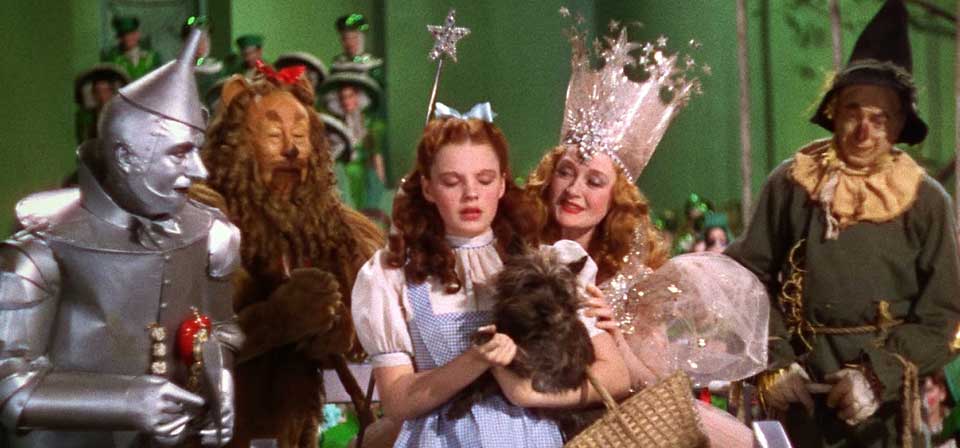
The Wizard of Oz (1939)
The Wizard of Oz is one of a very few shared experiences that unite Americans as a culture, transcending barriers of age, locale, politics, religion, and so on. We all see it when we are young, and it leaves an indelible mark on our imaginations. We can hardly imagine not knowing it. It ranks among our earliest and most defining experiences of wonder and of fear, of fairy-tale joys and terrors, of the lure of the exotic and the comfort of home.
Recent
- Benoit Blanc goes to church: Mysteries and faith in Wake Up Dead Man
- Are there too many Jesus movies?
- Antidote to the digital revolution: Carlo Acutis: Roadmap to Reality
- “Not I, But God”: Interview with Carlo Acutis: Roadmap to Reality director Tim Moriarty
- Gunn’s Superman is silly and sincere, and that’s good. It could be smarter.
Home Video
Copyright © 2000– Steven D. Greydanus. All rights reserved.